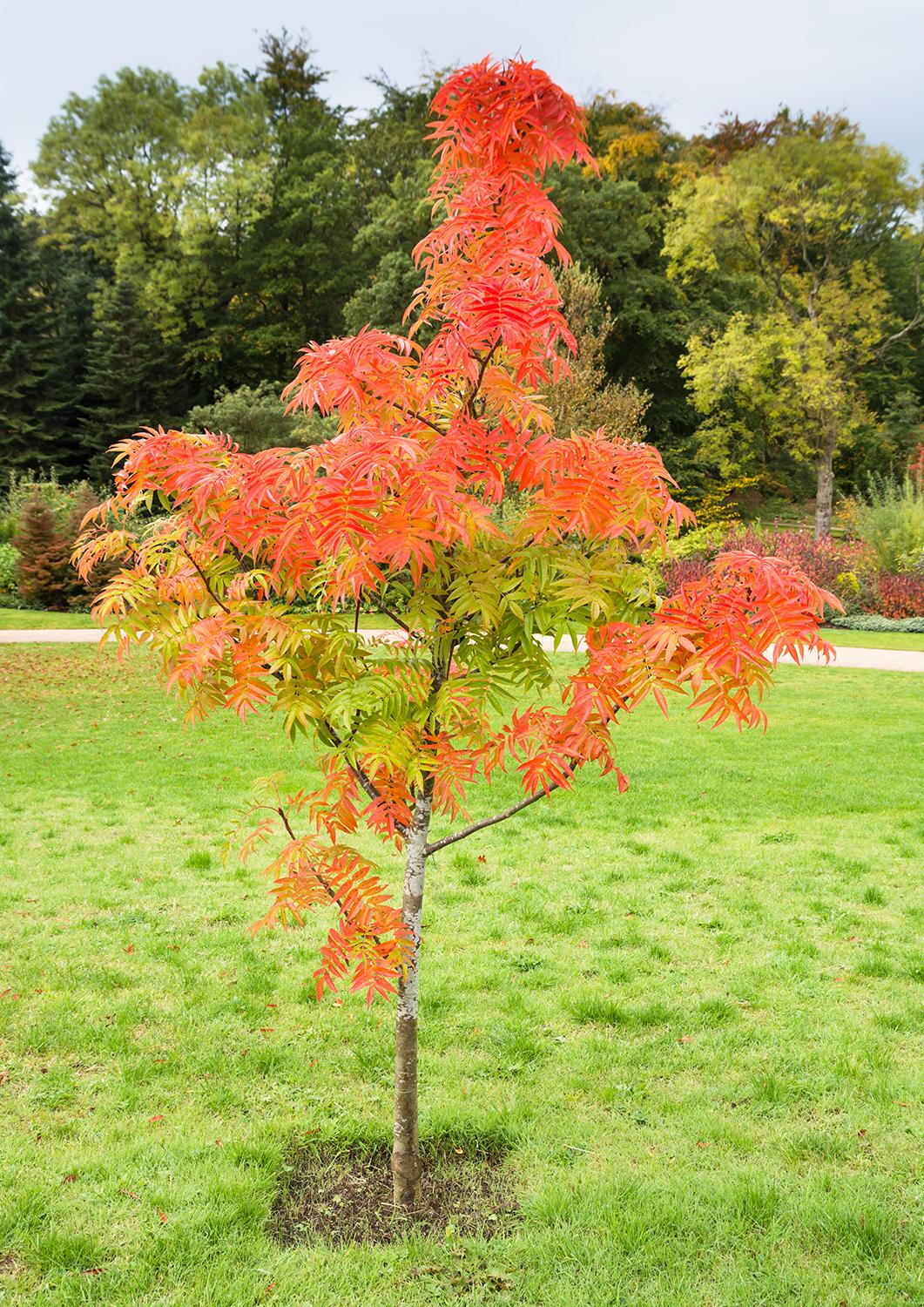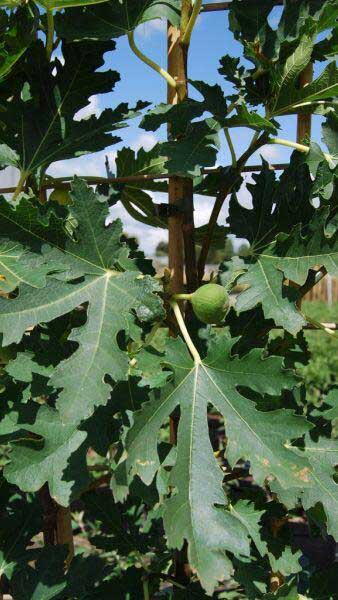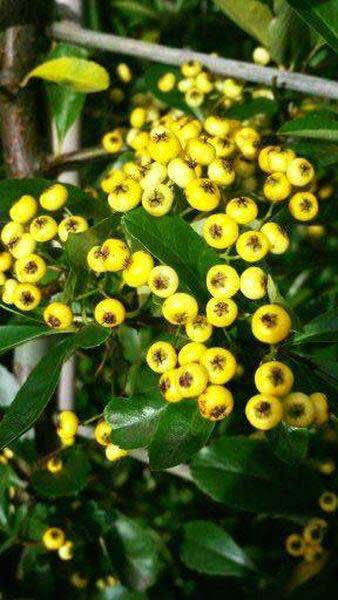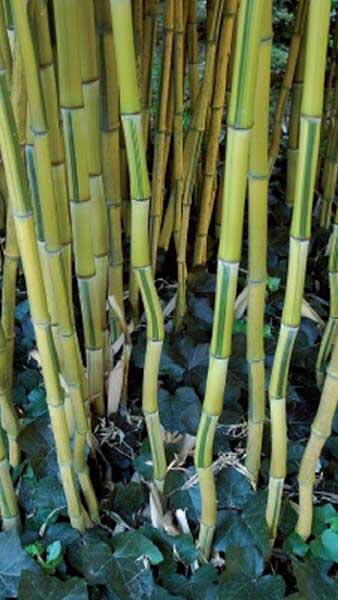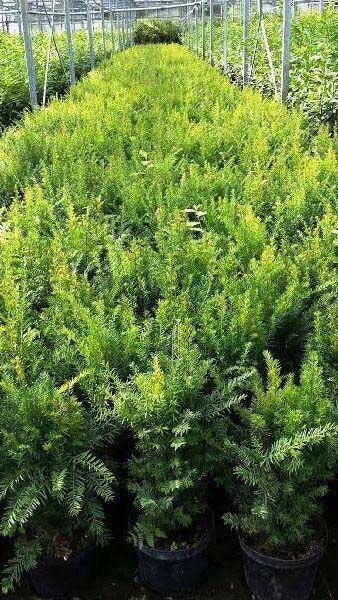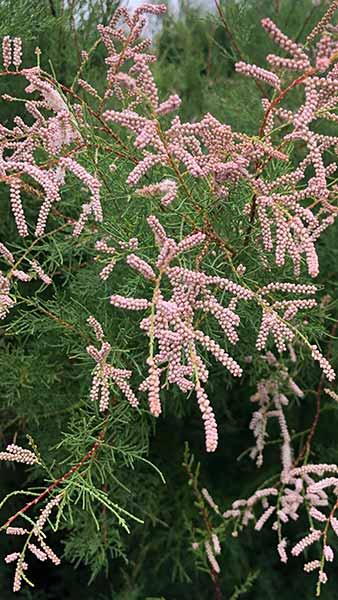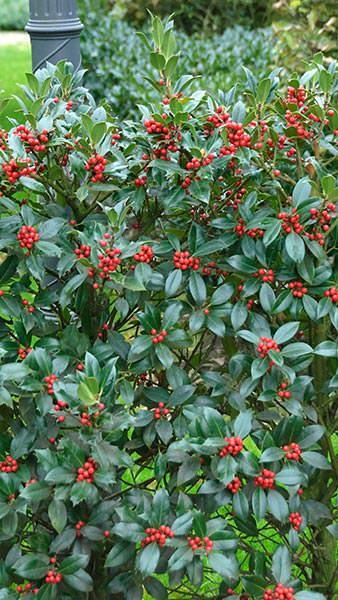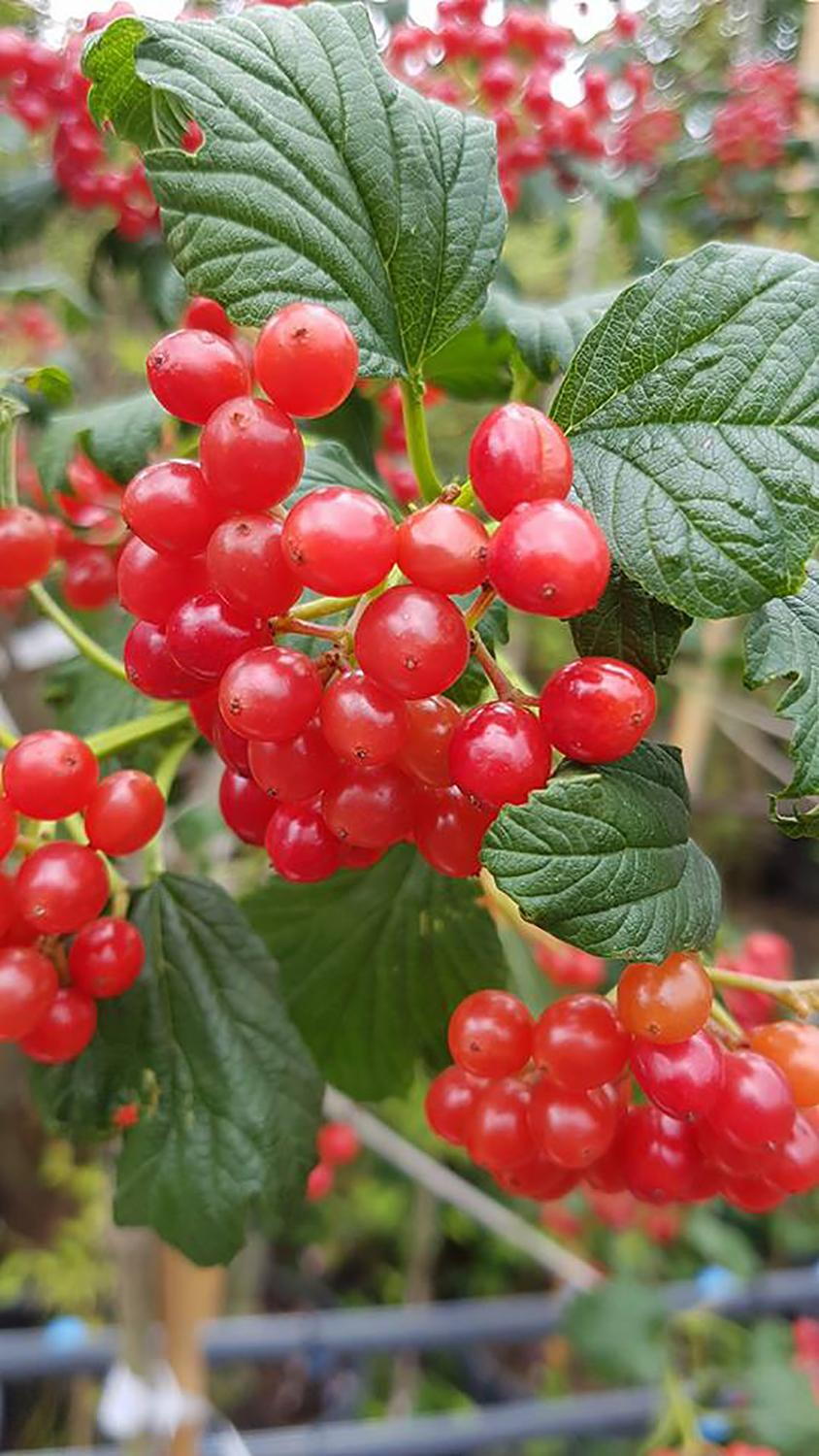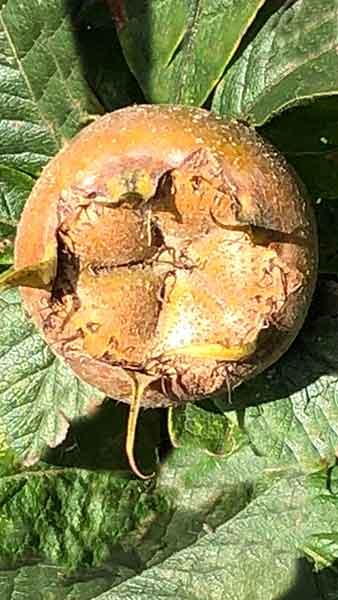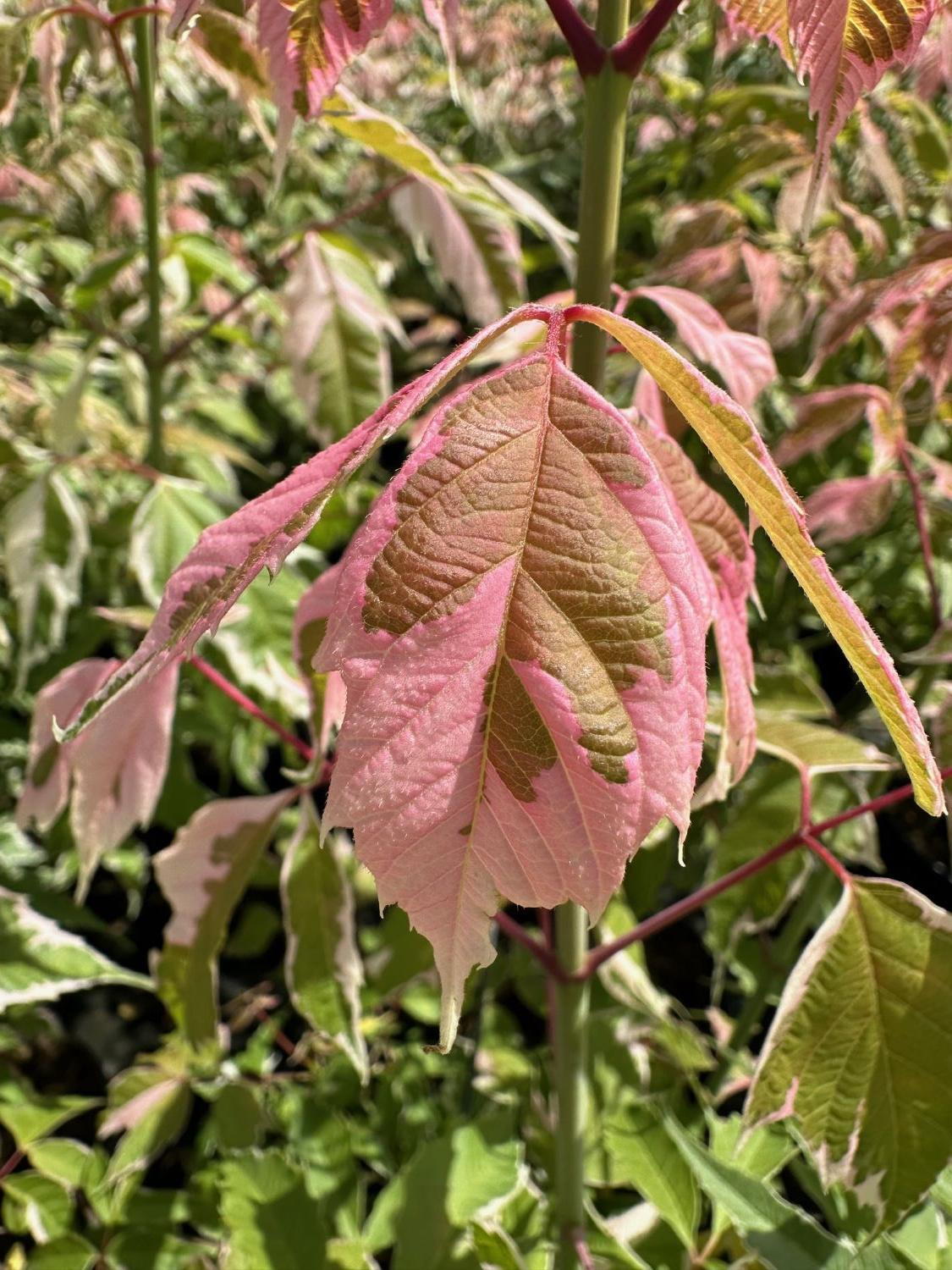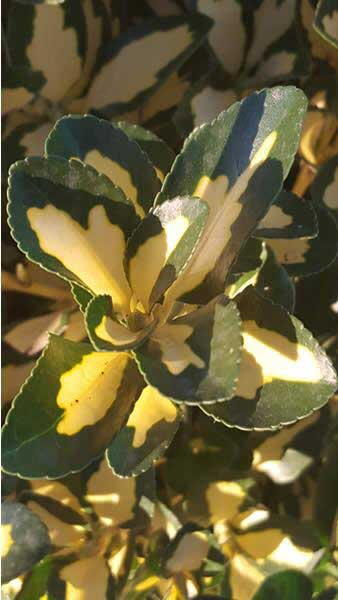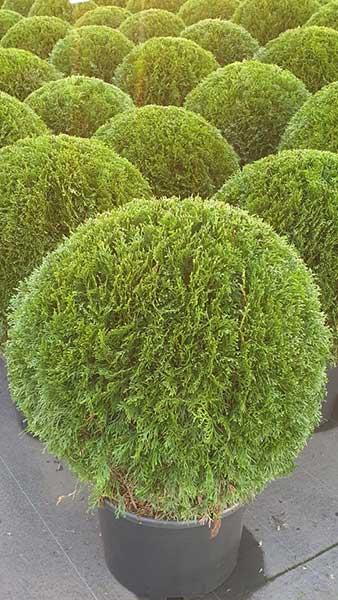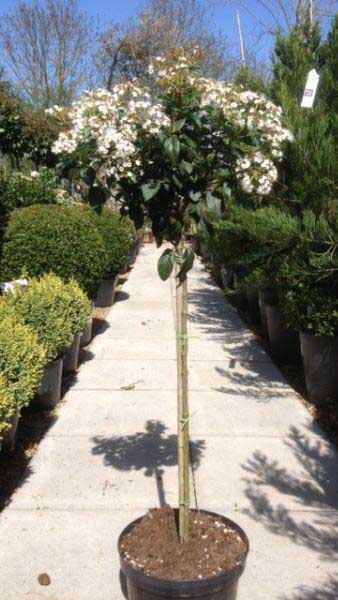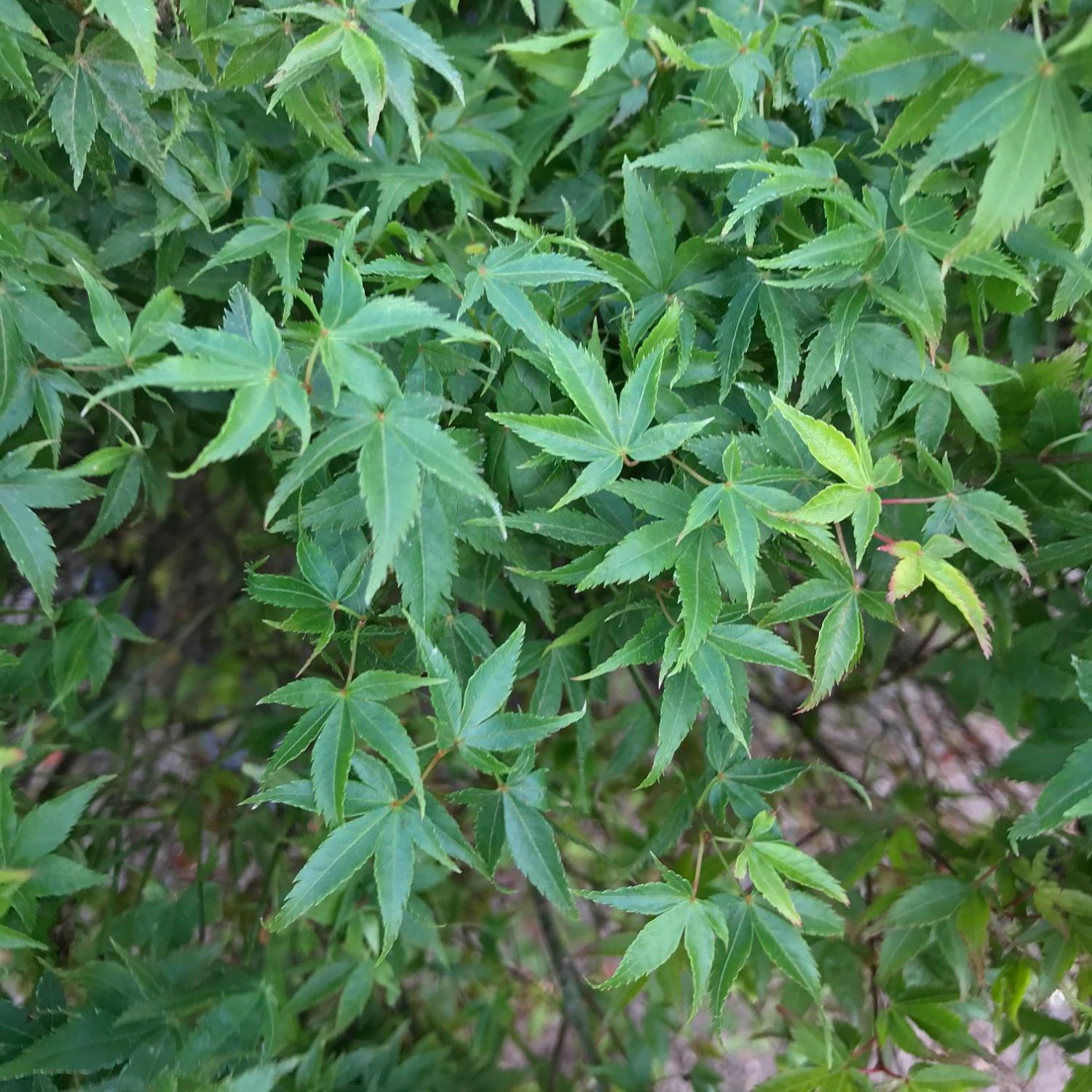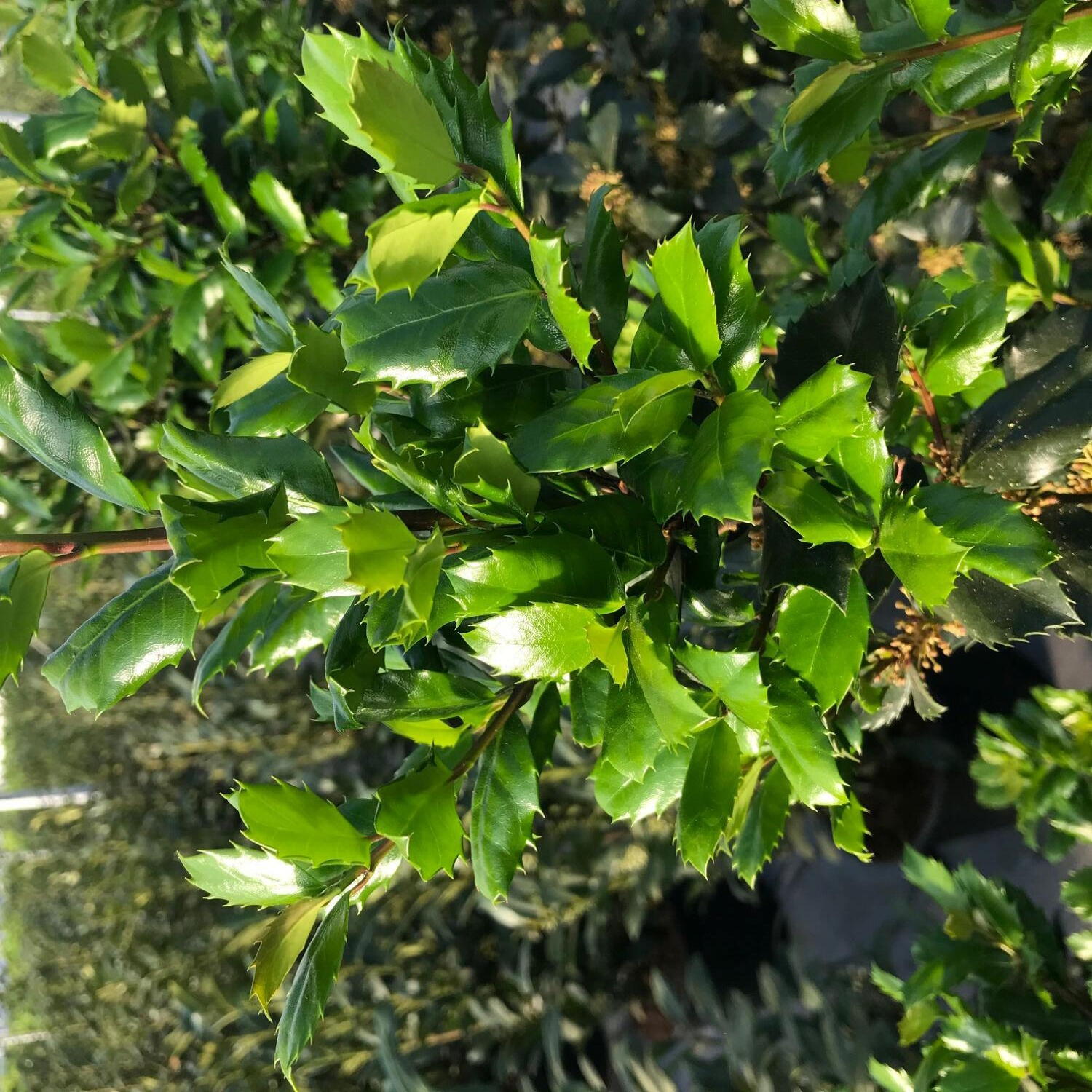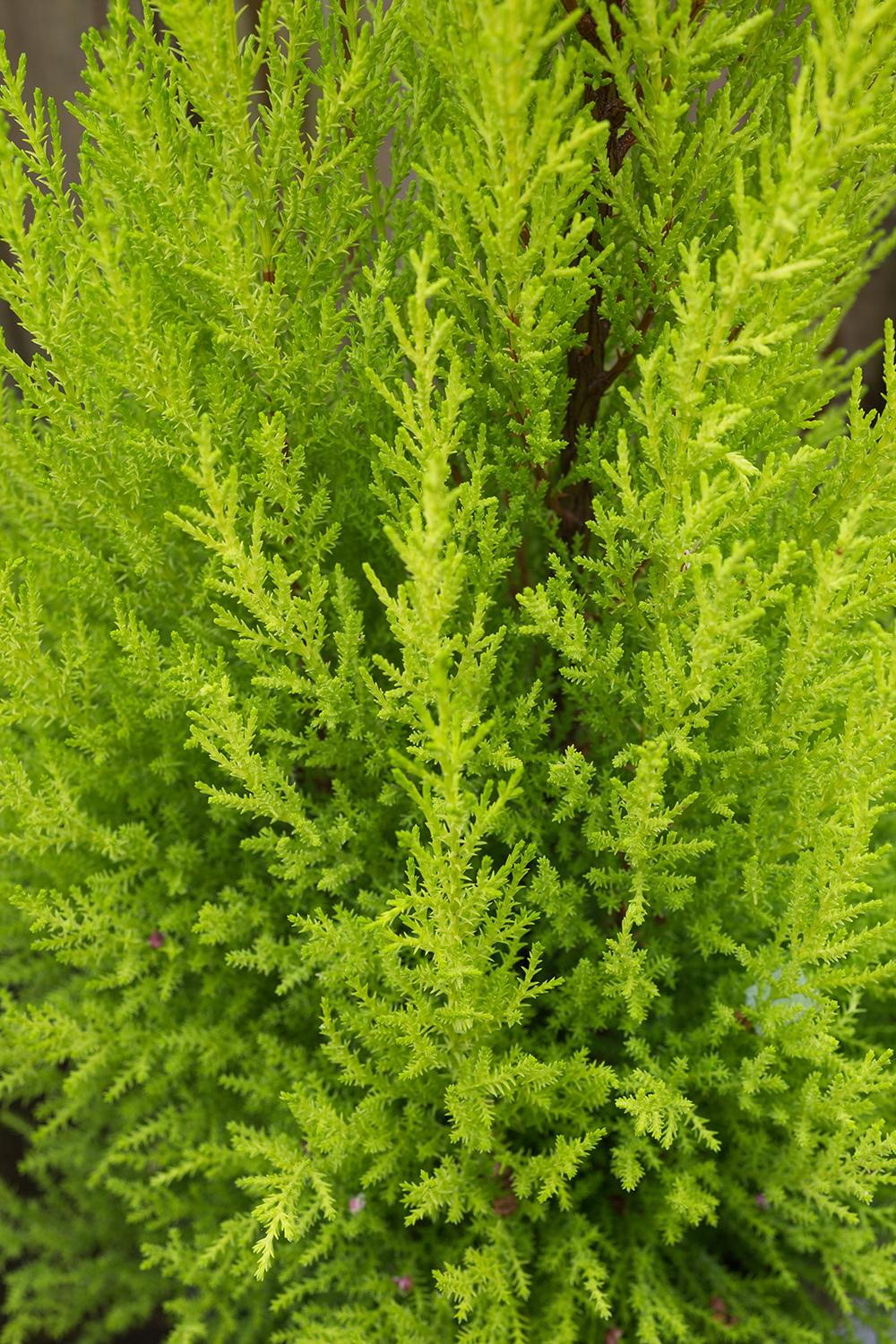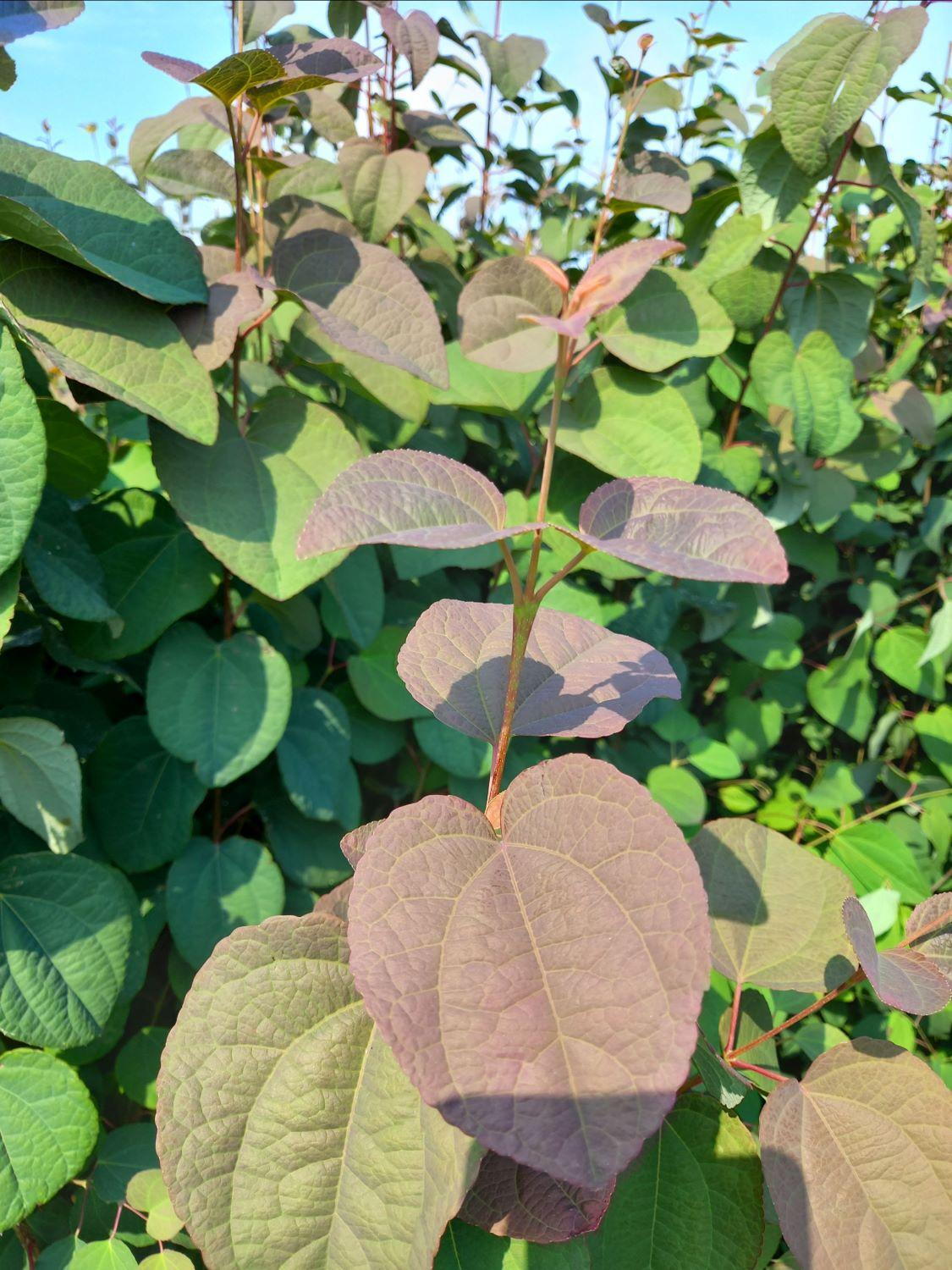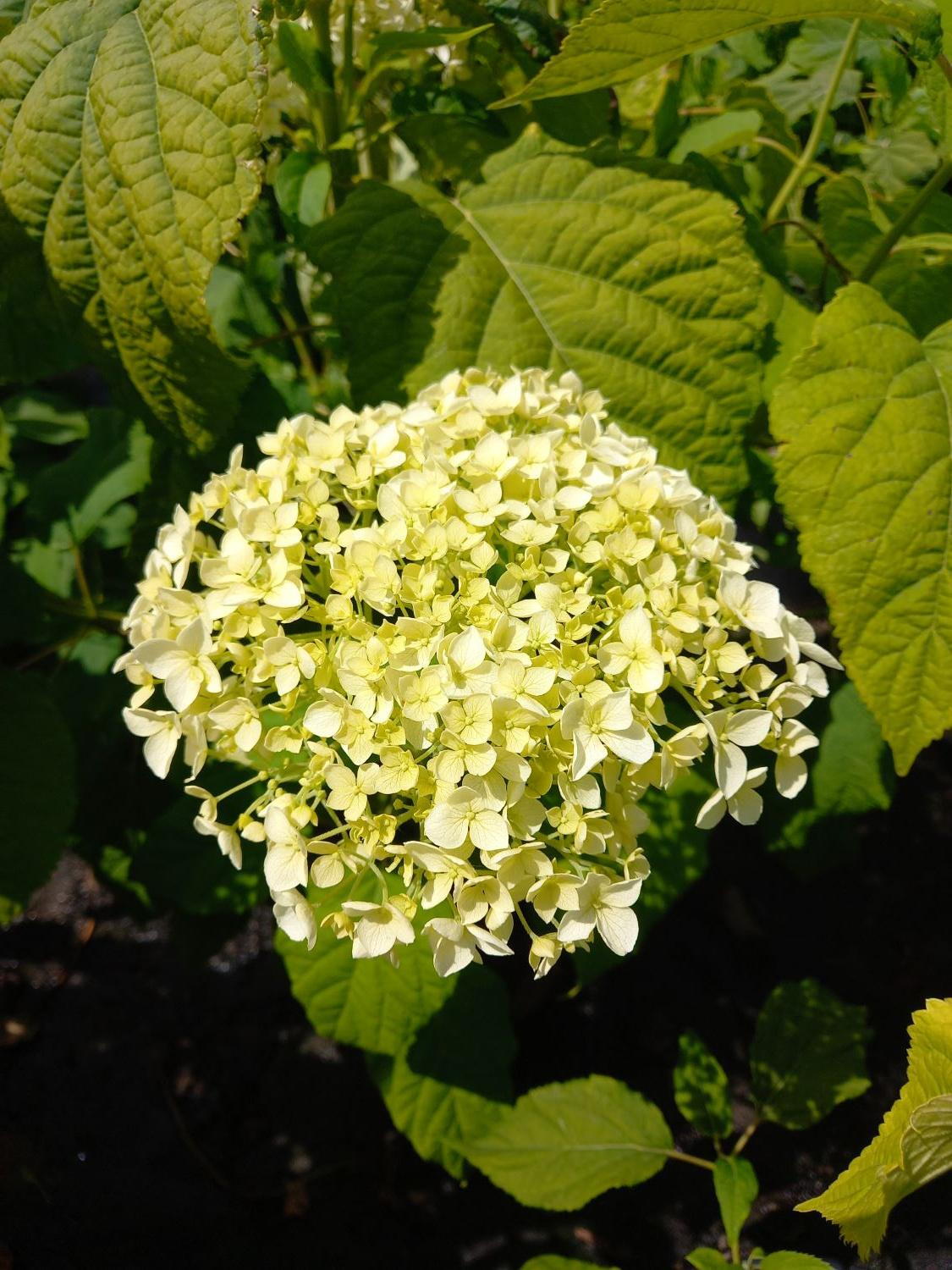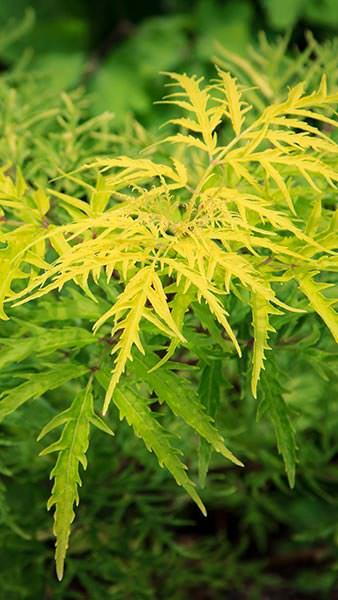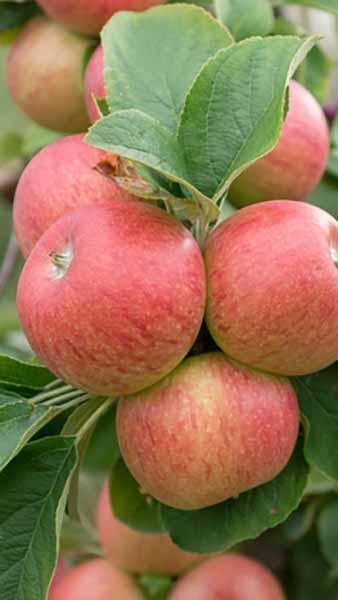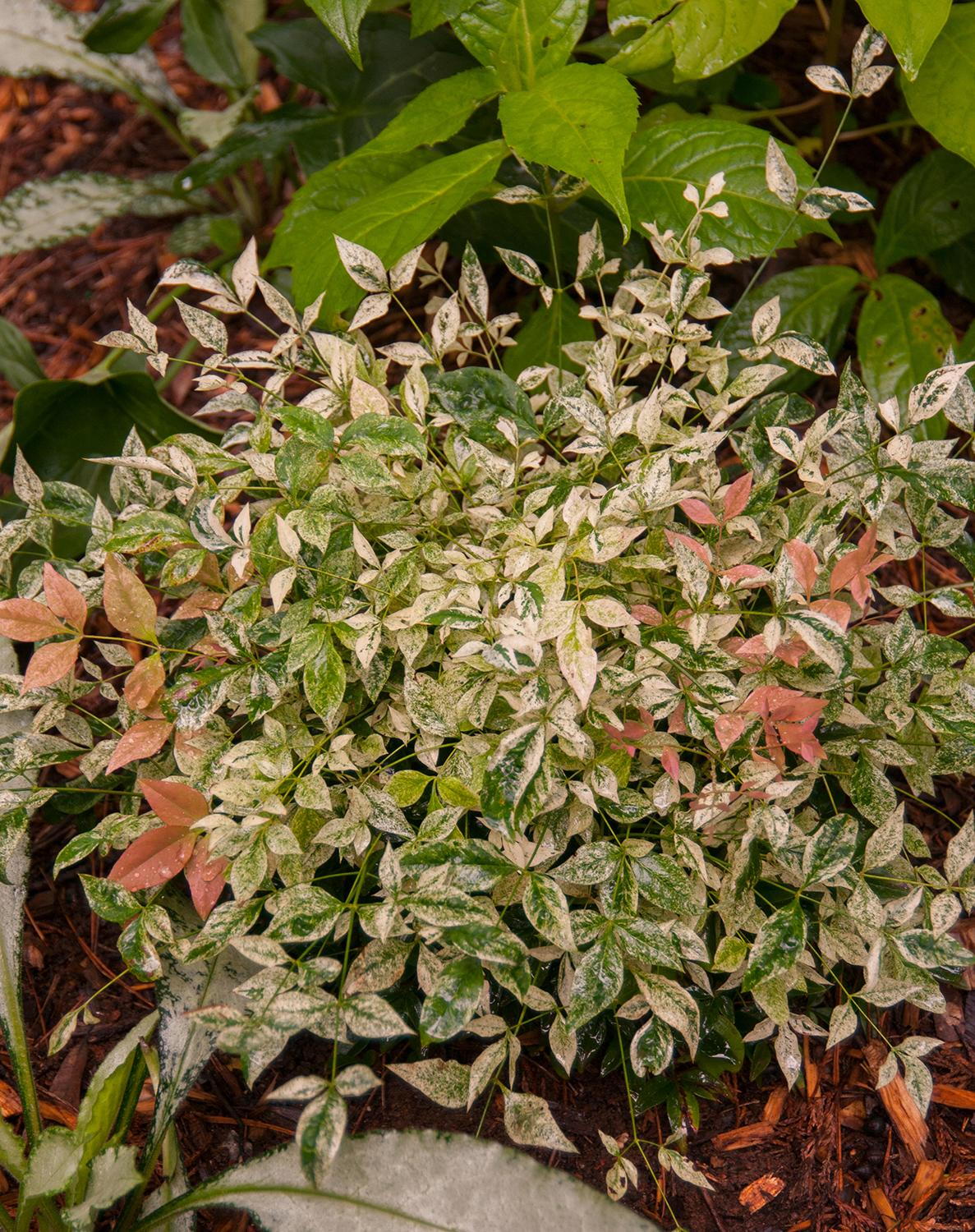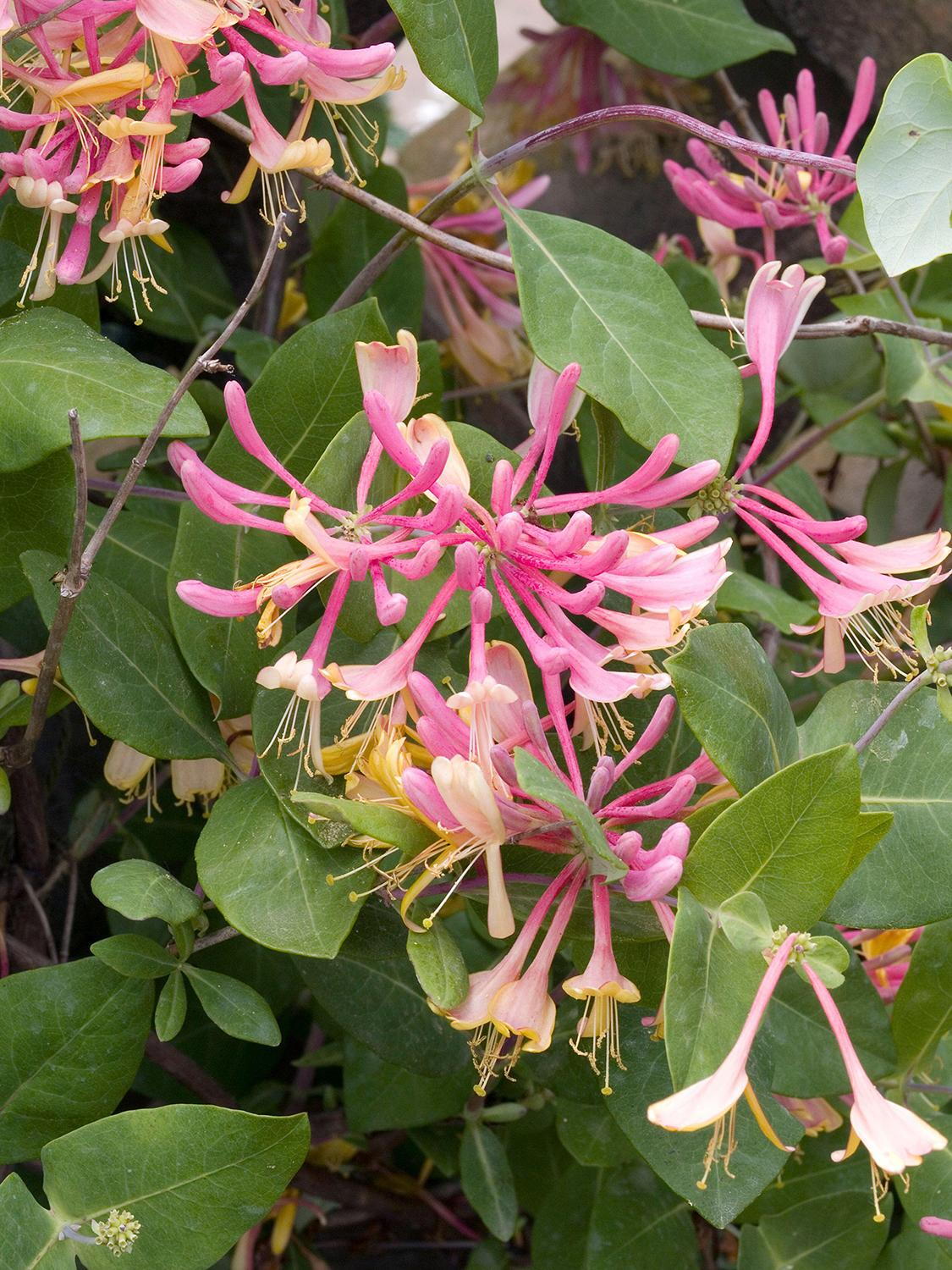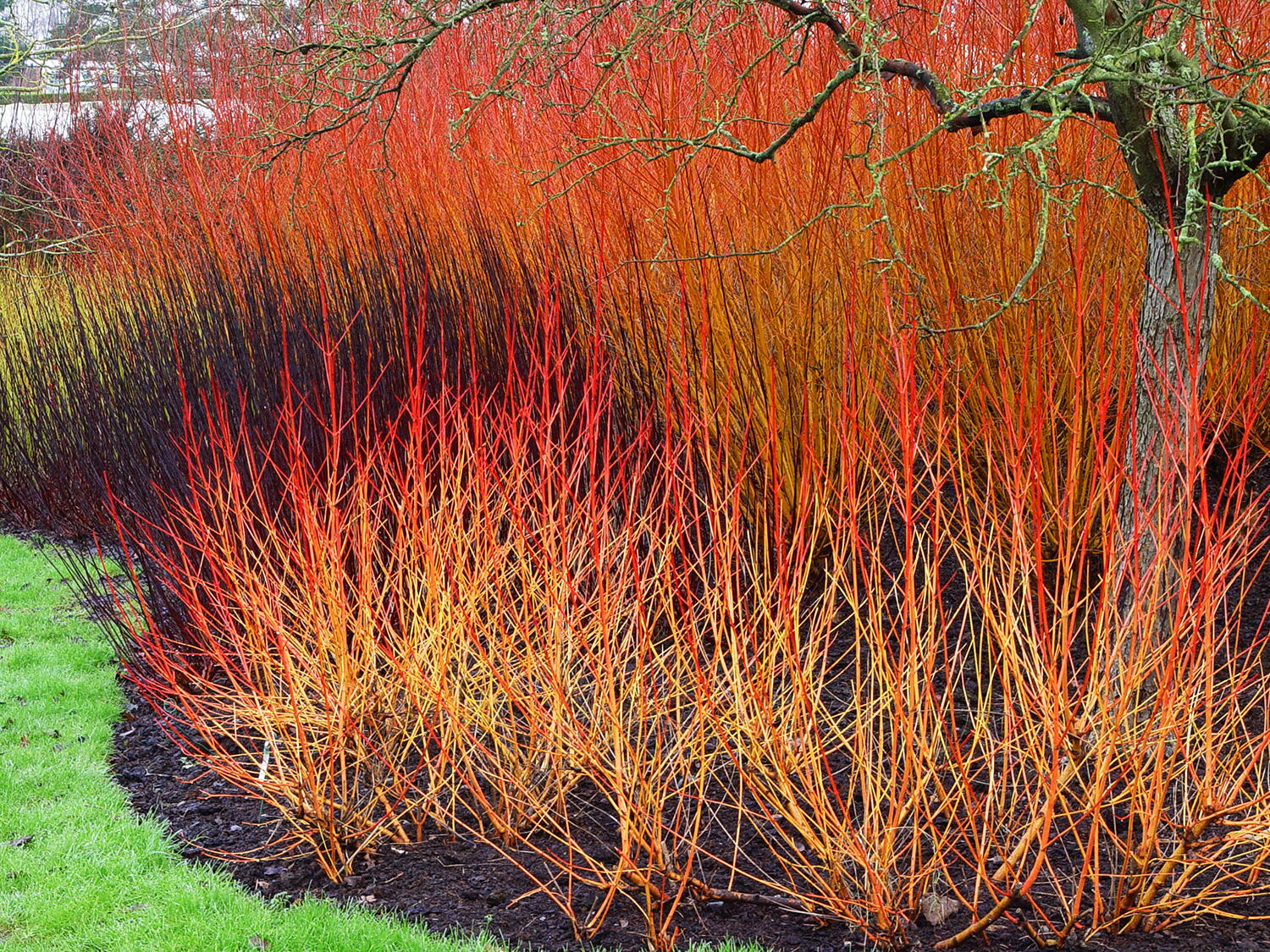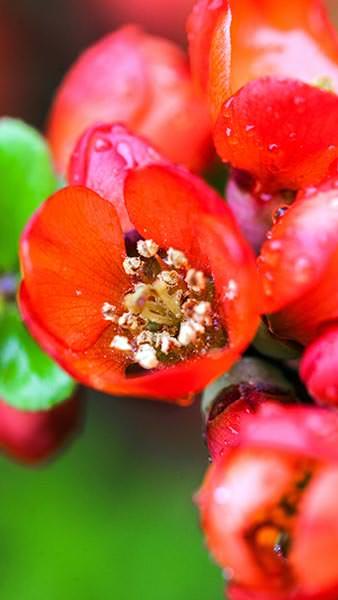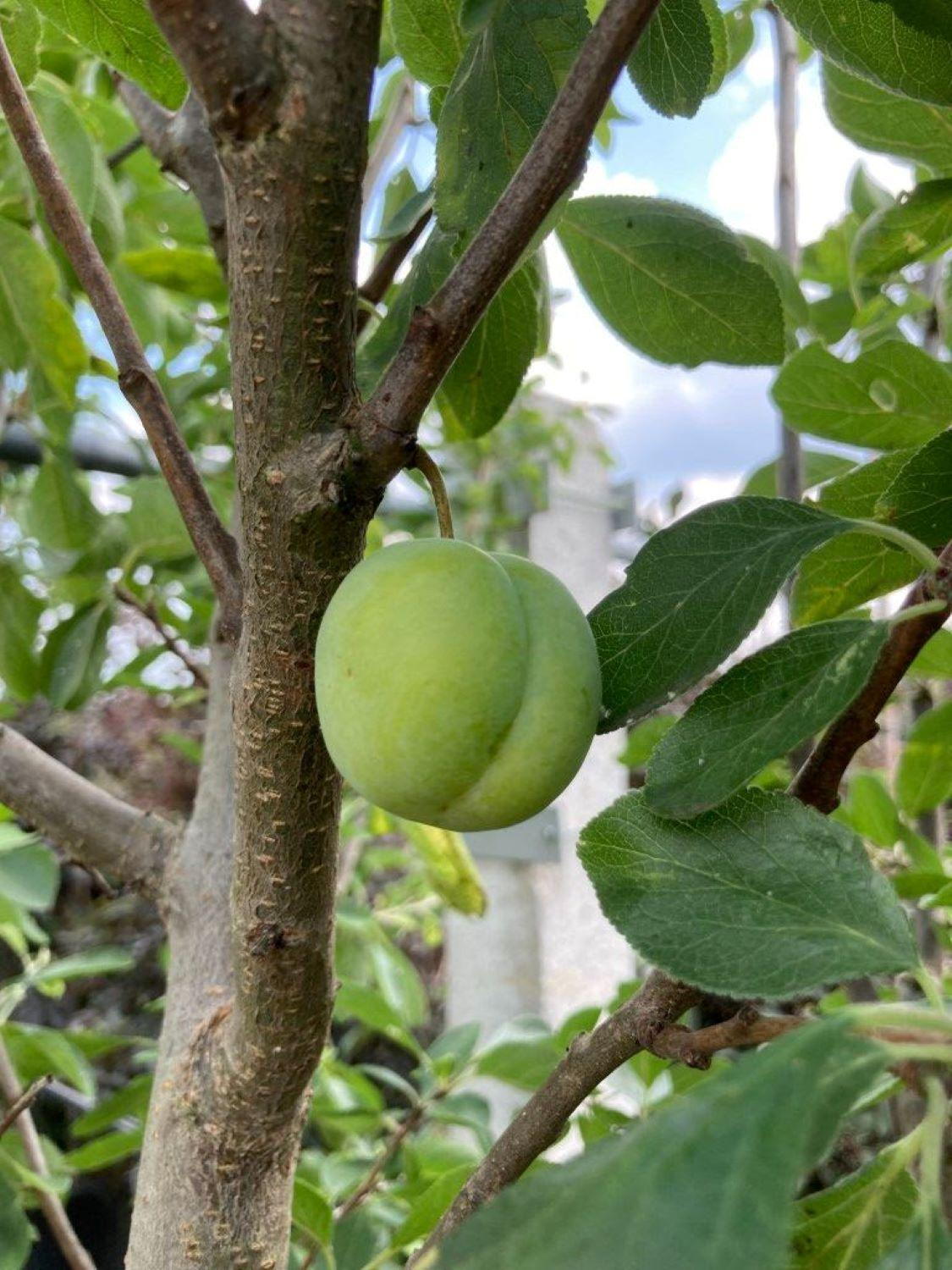Phyllostachys Aureosulcata Spectabilis, Yellow Groove Bamboo
A large, vigorous evergreen bamboo variety, Phyllostachys Aureosulcata Spectabilis, also known as Yellow Groove Bamboo, is prized for its striped canes. Highly decorative, it is often used for evergreen screens or planted as a decorative clump.Although bamboo cultivars generally look quite striking, Yellow Groove Bamboo is particularly spectacular. Its tall, erect canes are a shade of lemon yellow, striped green in the grove, on alternating sides. The bright, attractive colouring is not the only thing interesting about this variety’s culms, as it also has kinks at its lower parts. When young shoots emerge, they are reddish-pink. The lush, evergreen foliage provides a vivid green backdrop for the colourful stems. The leaves are lance-shaped, long and narrow.Even though Phyllostachys Aureosulcata Spectabilis tolerates partial shade, when planted in full sun, its culms have a more vivid colour, especially young stems. Performing best in loamy and chalky soils, this evergreen bamboo variety will thrive in moist, well-drained soil that’s fertile and rich in nutrients. A Chinese native like its close relatives, Yellow Groove Bamboo is one of the hardiest bamboo varieties. It can survive even if the winter temperatures drop to -20 degrees, and it’s fully hardy in Britain and Ireland. Its good constitution and remarkable features earned this cultivar the prestigious Award of Garden Merit by Royal Horticultural Society. Vigorous, with a fast growth rate, Yellow Groove Bamboo can grow to be up to 8 metres tall and 4 metres wide. Considering that this evergreen cultivar has a suckering, clump-forming habit, when provided with optimal growing conditions, it can become rampant. To ensure you’re able to control its growth, use a bamboo barrier.Same as other Phyllostachys varieties, Aureosulcata Spectabilis is resistant to pests and diseases, and easy to grow and care for. Apart from the routine removal of dead or damaged shoots, this cultivar requires almost no maintenance. To ensure your Showy Yellow Groove Bamboo stays tidy and in great form, prune out unwanted flowering shoots.With crooked, zigzagging canes and bright, colourful bark, Phyllostachys Aureosulcata Spectabilis commands attention. Whether planted en masse to make a highly decorative clump or for tall evergreen screening, this bamboo’s showy features and exceptional hardiness ensure a year-round interest.
